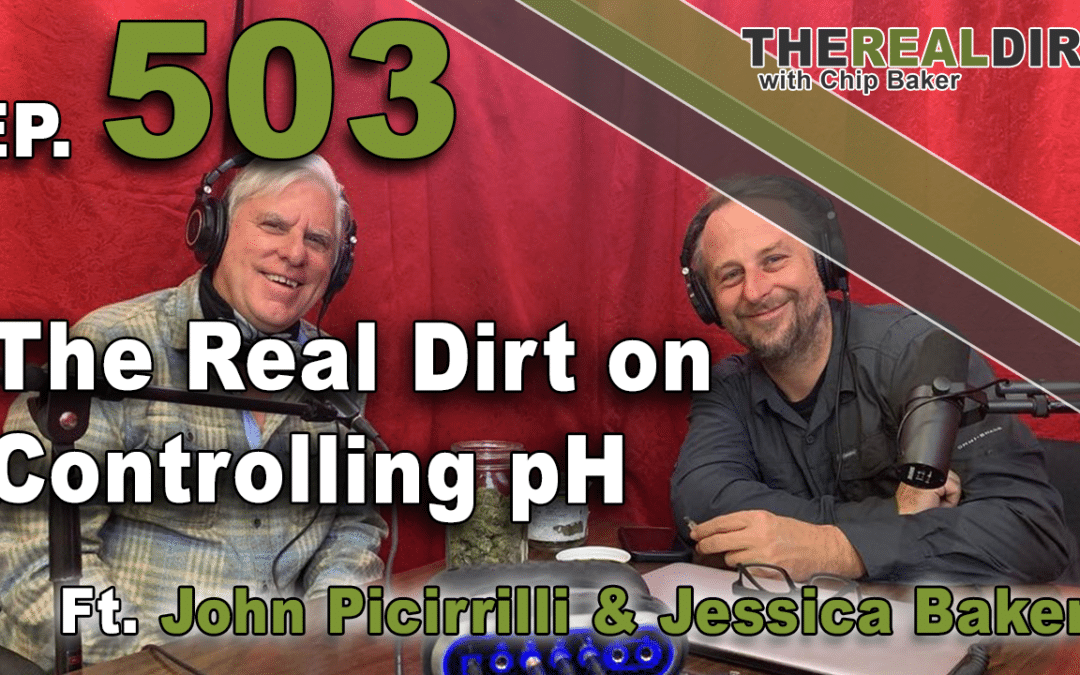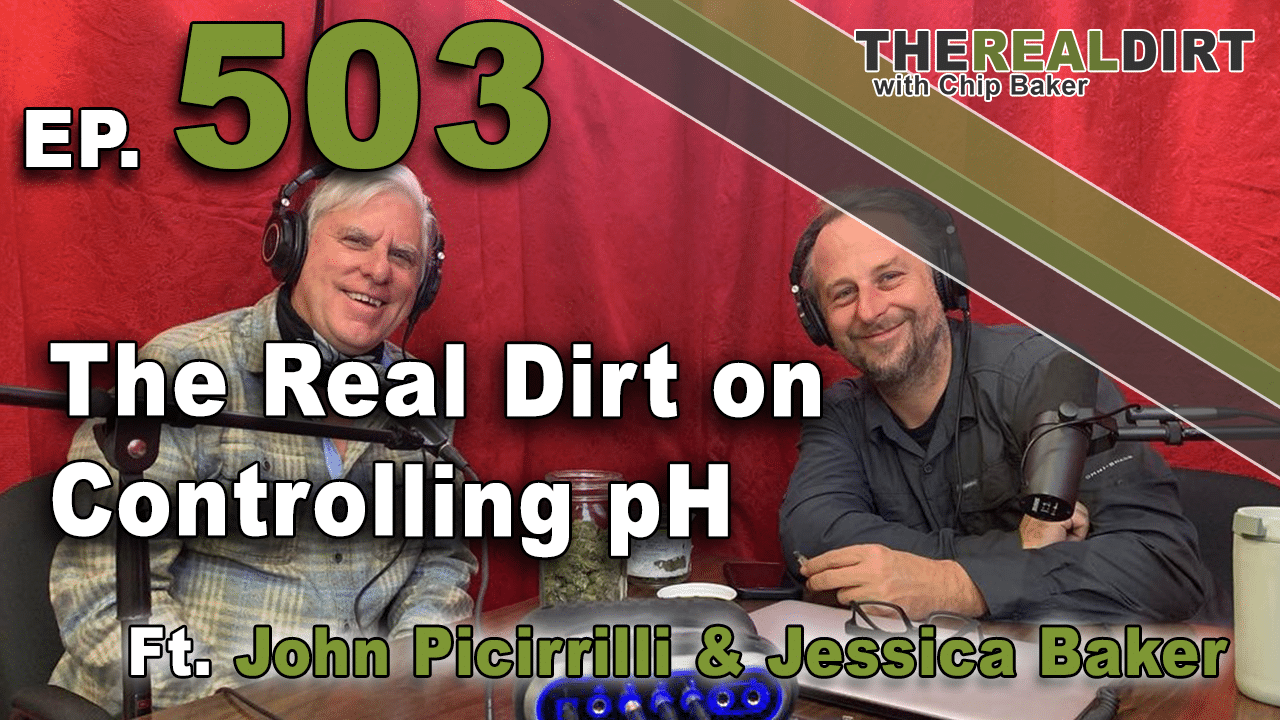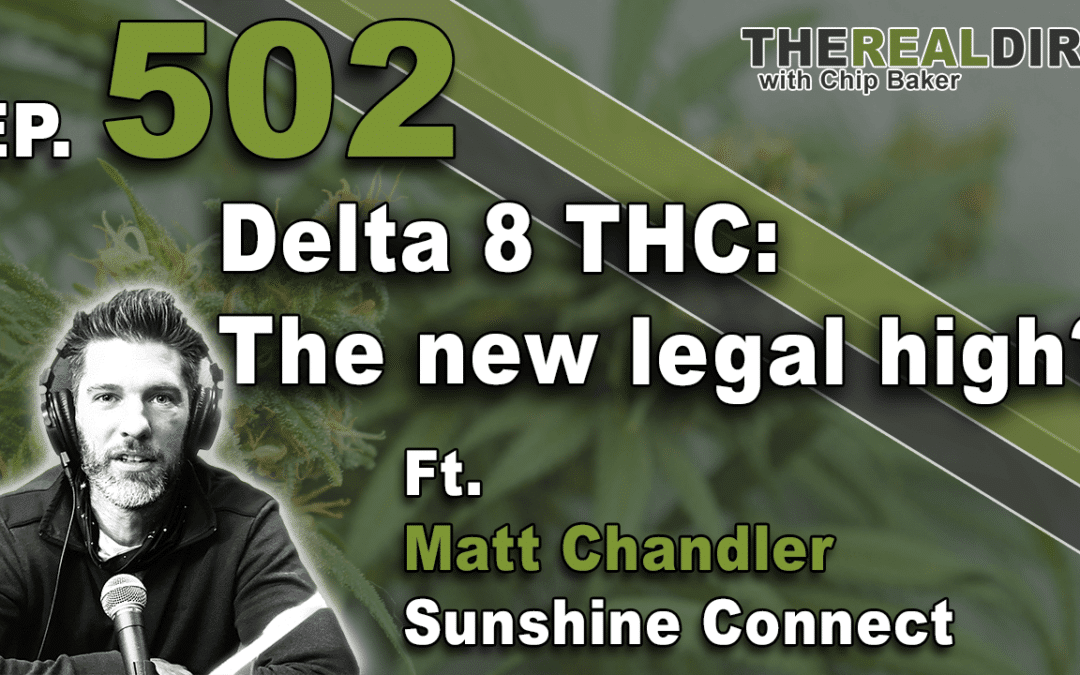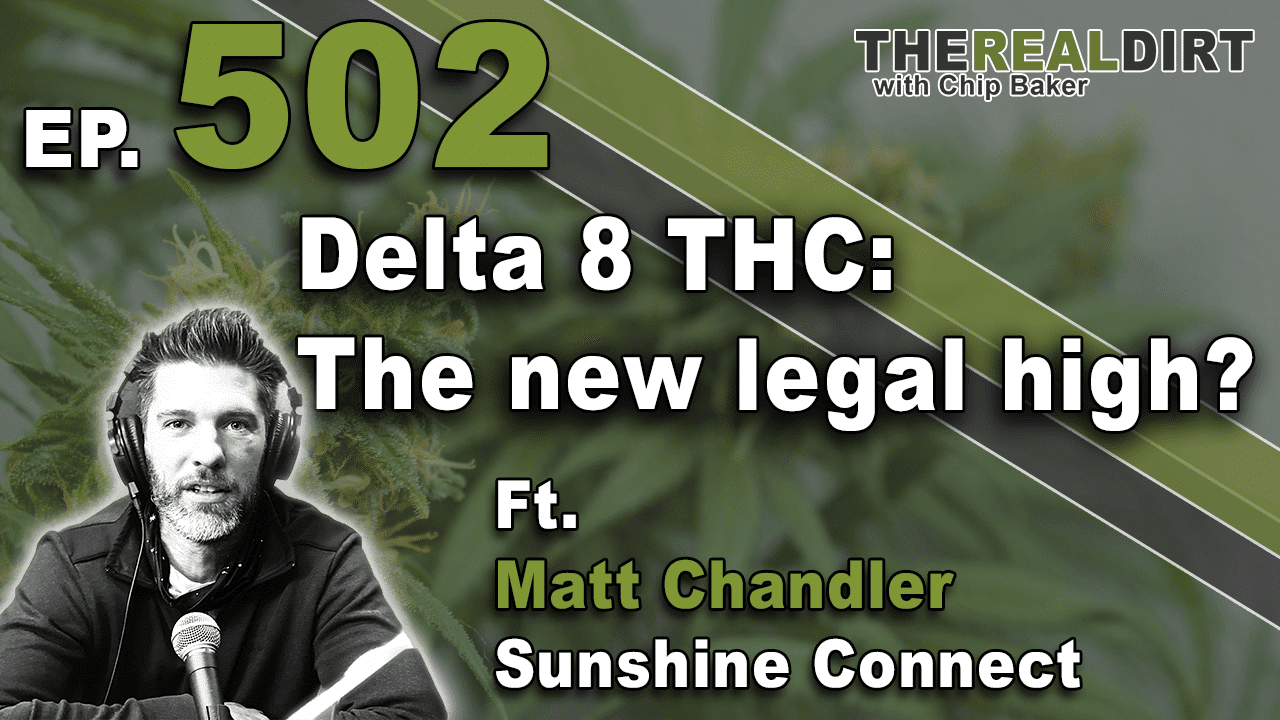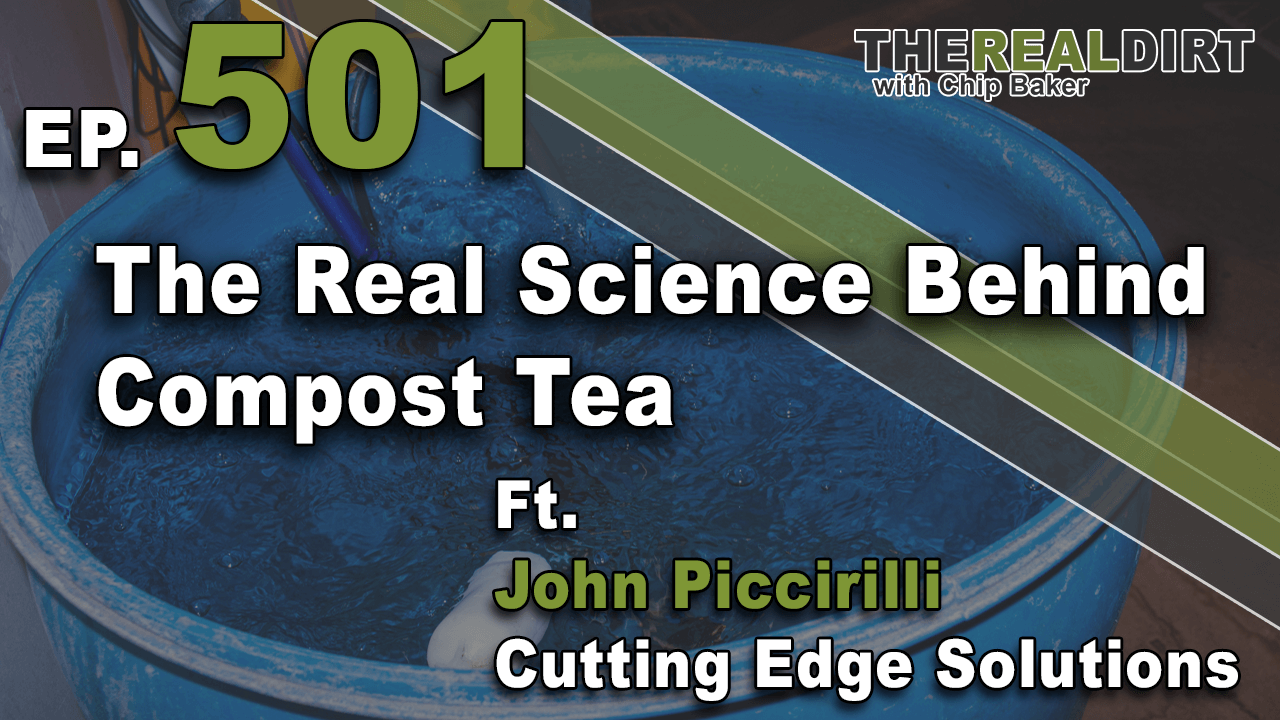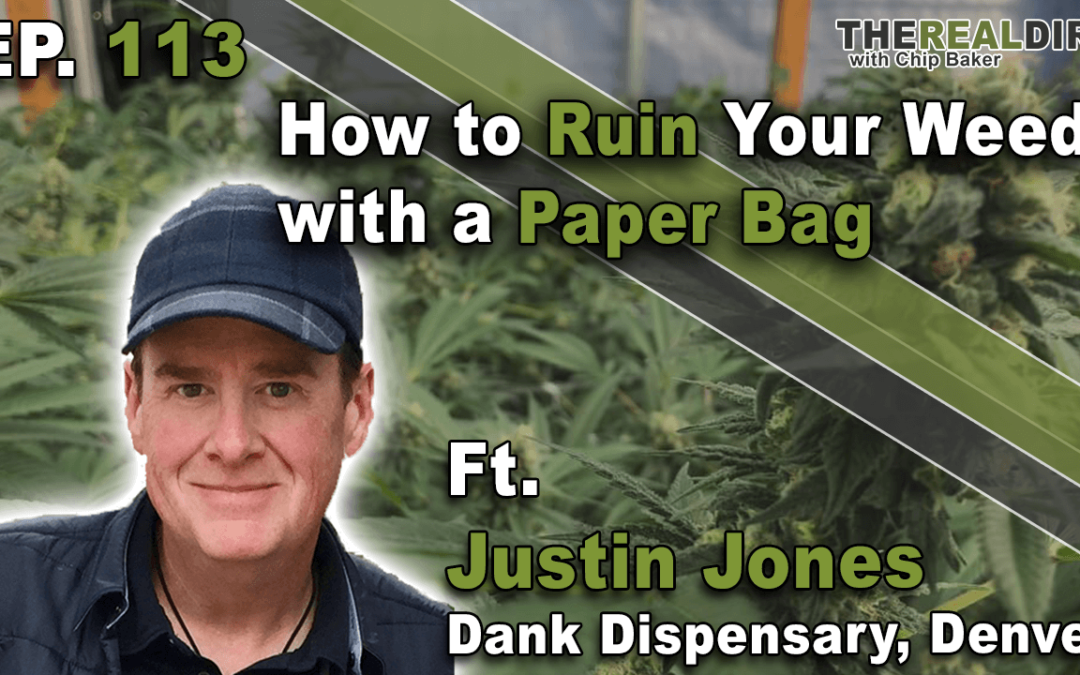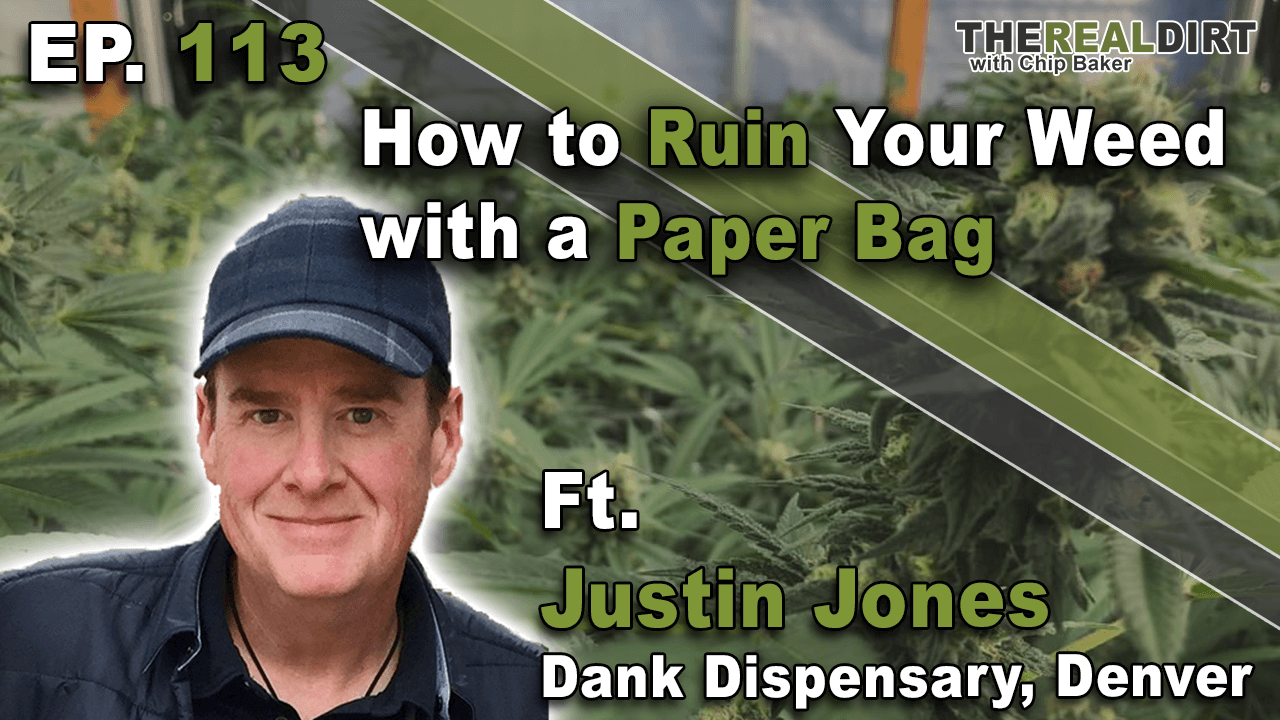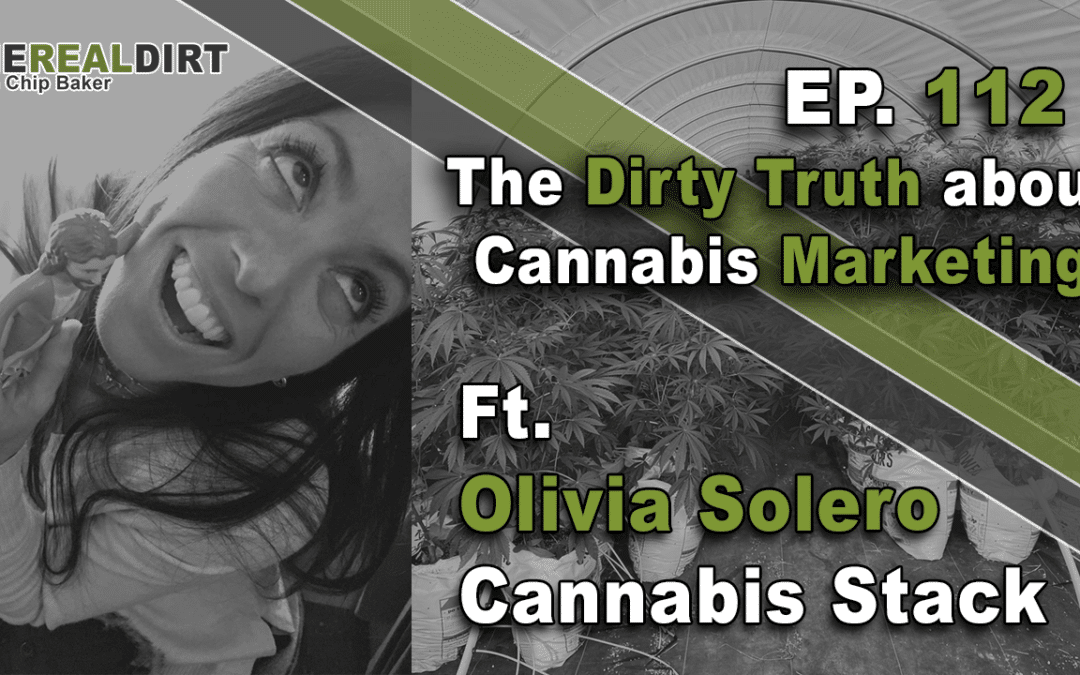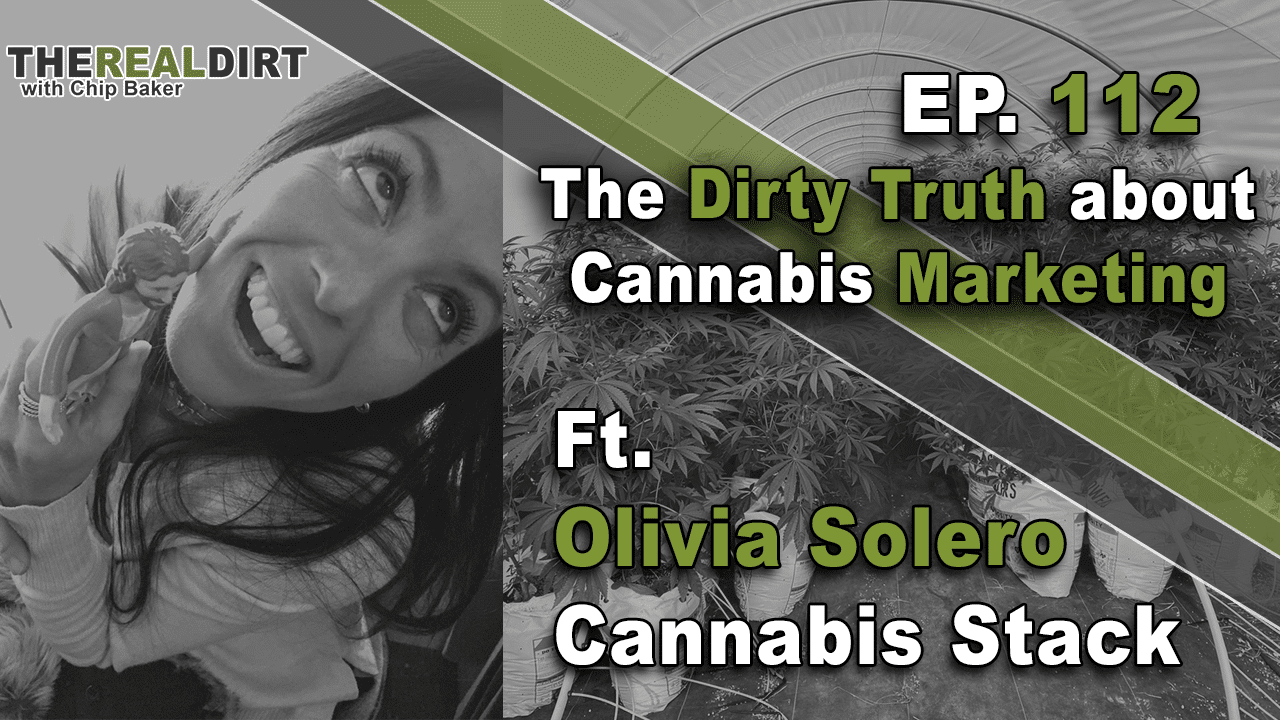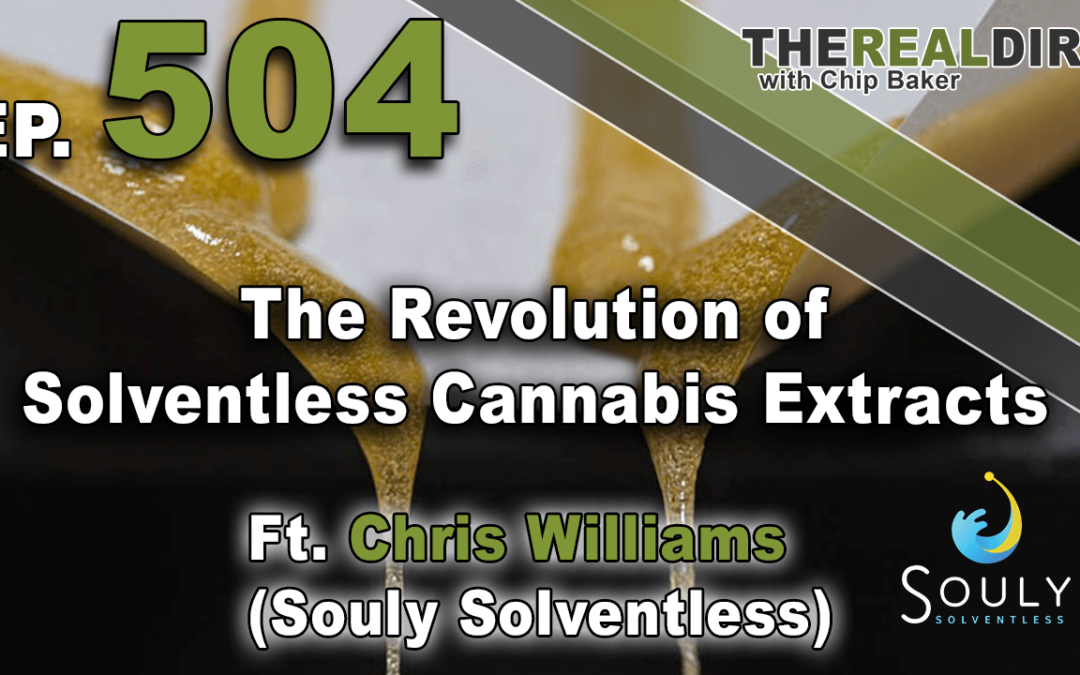
The Revolution of Solventless Cannabis Extracts
Podcast: Play in new window | Embed
Subscribe: Google Podcasts | Spotify | iHeartRadio | Stitcher | Email | TuneIn | RSS
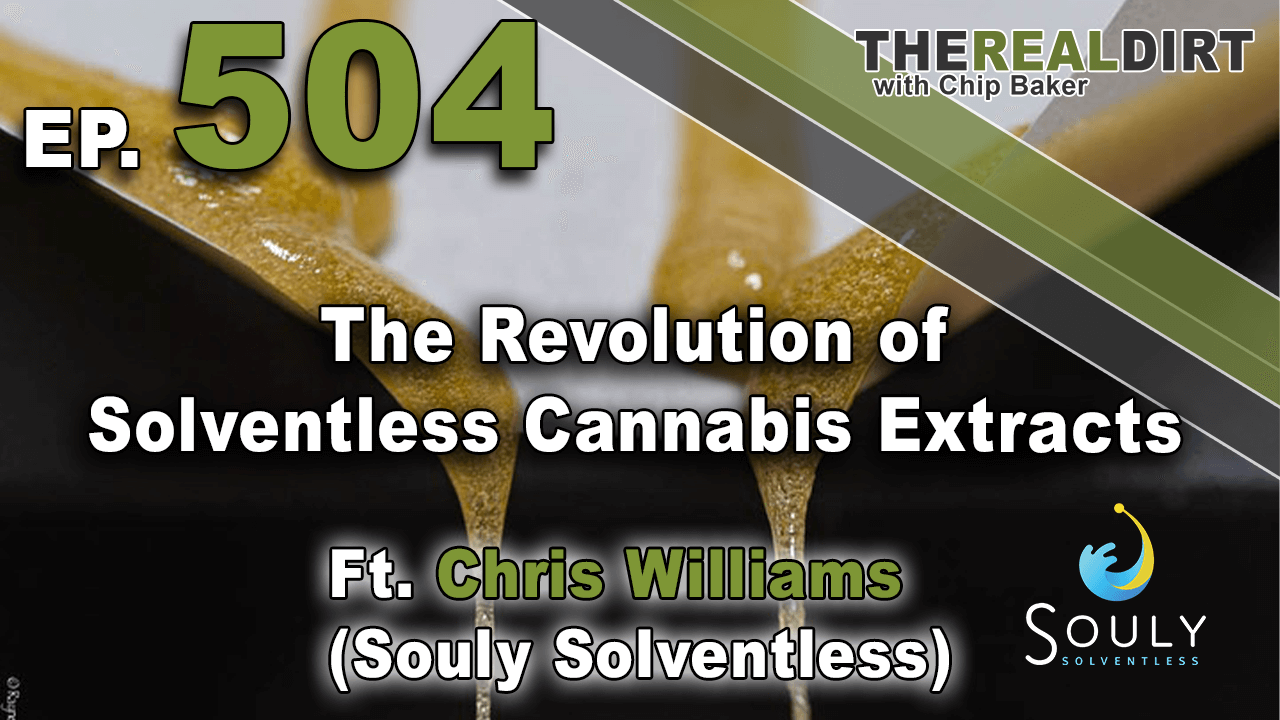
We’ve come a long way from hand rolled hash balls tossed in with some tobacco.
While basic concentrated cannabis products are still a popular product in places like Europe, in legal cannabis hubs like the U.S., the competition driving extraction has produced the next generation of cannabis extracts. Chris Williams with his new craft cannabis extract company Souly Solventless is at the forefront.
The Evolution of Cannabis Extracts
If you walked into a legal cannabis dispensary in Colorado in 2013, there were only a few options when it came to cannabis extracts. Wax and shatter were the two most prevalent extractions at the time. Both are produced using Butane as the solvent, where it is then heated over time to vaporize the solvent, leaving the extract behind.
Through pouring out the mixture and letting it sit and harden, extractors could produce shatter. By whipping the mixture for a time after pouring, wax was formed. Over the next few years, extractors would hone these methods, creating more efficient processes, and new processes to manufacture new solvent based products.
Eventually extractors began to use a method called distillation, where similar to alcohol, producers could separate the specific cannabinoids they wanted from the plant and create homogenized, purified cannabis extracts. While distillate has much higher THC levels compared to wax and shatter, the distillation process isolates THC from other cannabinoids and terpenes, making the extract nearly odorless and flavorless. This would eventually be made better by reintroducing the desired terpenes for better flavor profiles.
The introduction of more flavorful extracts led to a branching off of consumers. While many still sought high THC cannabis extracts, a new desire for terpene-rich extracts with unique flavor profiles and processing methods became prevalent.
The Hair Straightener Method
Around 2016, a wise extractor decided to try putting some cannabis buds in a hair straightener. With heat and pressure, the oils inside of the cannabis were pushed out, creating the first solventless cannabis extract. Being more flavorful, cleaner and easy to produce, this method would develop over time.
Extractors would introduce hydraulic heat presses, making it even easier to press large amount of cannabis flower to produce higher quantities of the extract. The greater amount of trichome content on a cannabis plant typically meant higher production of solventless cannabis extracts, which led breeders to try and produce the most trichome rich cannabis possible. Others learned that by harvesting their cannabis plants earlier than average when trichomes are still in their final maturation, one could produce extremely clean solventless extract that looked nearly white in presentation.
This new, clean, solventless extract would become known as Rosin. When the plant is picked and frozen straight from harvest and then extracted, it may be called Live Rosin due to the plant being frozen in its “live” stage.
Using the old to make the new
As knowledge about Rosin production has grown over the last few years, extractors decided to bring back an age old extraction method to make it better.
Ice water hash is one of the original cannabis extracts, created by simply adding cannabis flower into a bucket of water full of ice and stirring. The cold water separates the trichomes from the plant matter.
By separating the trichome/liquid mixture and allowing it to dry, you’re left with a cannabinoid and terpene rich, powder-like extract. Pressing ice water hash into rosin created an even cleaner and tastier product, making it the most popular method today.
What Does the Future Hold?
Cannabis extracts have evolved exponentially over the last 5 years alone, with no signs of slowing down. Rosin vape cartridges and rosin edibles are just the tip of the iceberg. When live resin exploded onto the scene, many thought it was the as good as concentrates could get. With Rosin at the front of the pack now, consumers are anxious to see what comes next.
Chris Williams has been making his own Rosin since its inception, and formed Souly Solventless in 2019 to bring it to the public. Now he’s sharing his knowledge and predictions for the future of cannabis extracts.
In This Episode of The Real Dirt Podcast
This week on The Real Dirt, Chip and Chris talk about rosin and the revolution of clean cannabis extracts. The two discuss different methods of extraction and how they have evolved, the new products being made from the latest extraction technologies and what the future holds for cannabis extracts.
Roll one up, heat up the rig, turn on the PuffCo Peak, and sit back and enjoy another awesome episode of The Real Dirt with Chip Baker!
Transcript
Chip: What up! This is Chip from The Real Dirt Podcast. Man, today we are talking about one of my favorite subjects of all time. That is solventless extracts. That’s right water-based extracts. Today, I’m talking with my good buddy Chris from Souly Solventless out of Denver. And man, he’s been really like pushing the bounds of extraction, water extraction, and rosin extraction in the Colorado area. If you’re around Denver, or coming to Denver, definitely check it all out. Hey guys, if you haven’t joined already, please join us at therealdirt.com, subscribe on iTunes, and check out our new YouTube channel. You know, we’re just working on it, but should be all of our episodes loaded up there real soon. I believe that is The Real Dirt Podcast on YouTube. Thanks again for joining us today. And as always, sit back and fire the largest joint you can, and enjoy this episode of The Real Dirt. This is chip from the real dirt. Good morning. Hello, one and all, another episode of The Real dirt Podcast. This is 2021, and today we’re going to talk about extracts, concentrates, how they’re kind of made, and what they are. The first time I ever heard of a concentrated course, it was it was called hash. We didn’t quite know what it was. This guy, Kevin Price, was like, “Hey, I got some hash.” We looked at it, and we’re like, “Man, this looks like rabbit shit. Are you sure this is hash?” And to this day, I’m pretty sure he sold me rabbit shit as hash. We didn’t know any better, so we smoked it. But it’s come a long way. As soon as I got real extract, which was Jamaican Hash Oil back way long time ago, I realized the potential of extracting the trichome and extracting the molecule from cannabis. I have really been fascinated with it since then, in all its forms from traditional, hand-rolled hash, to sieved and pressed hash, to bubble hash, to subcritical CO2, butane, propane solvent lists. I’m really fascinated and interested in it all. And today we have Chris from Souly Solventless. Chris is a good friend of mine. Say hey, Chris.
Chris: How you guys doing out there? Thanks for having me, Chip.
Chip: You know, Chris is an unsung hero. He has some of the finest extracts on the market. They’re boutique and rare to find. And if you ever see them, absolutely scoop them up. They may be a little bit more expensive than the one sitting next to it. But you know what, it is absolutely worth it, isn’t it? Chris?
Chris: I appreciate all those nice words there too. Yeah, I’m just paying attention to detail and really having a love and appreciation for this plant and its power that it entails. You know, we’re small, small batch; we’re just starting out. If you do happen to catch us on the show, like Chip is saying, you definitely got to give us a shot. You won’t be disappointed. And we like to take our time. Like I said, attention to details is important when it comes to solving these extracts. It’s a few things you definitely have to pay attention to, as far as the input, or the material you’re using to get that output that we all desire, or what the customer desire in these days.
Chip: One of the biggest things about extract is quality material and get exceptional quality out. Many people just use the trash, you know, to make it, and you can absolutely do that. But to make the best gear possible, you use the best buds possible.
Chris: That’s right, my friend. Yeah, a lot of credit goes to the actual cultivators first. The flower has to be top notch. the flowers hanging, and at some point, usually, the hash comes out what you would like. As far as quality, numbers, that can all vary from a few different things. Different genetics may yield different numbers in those areas. You know, it’s all interesting; it’s all experimental. It’s just great to learn every day, whether it’s something that really throws down a lot of hash. You know, it’s in the family of the GMOs or the cakes, or something like that. Something that doesn’t really throw it out as much as more of, you know, on the turf side. I mean, that’s all important, you know. It depends on what you’re looking for.
Chip: What are you starting off the day with? Do you smoke weed at the beginning of the day? Are you one of those people?
Chris: I mean, probably like three or four times at the beginning of the day.
Chip: Four times at the beginning-
Chris: I mean, the weed I had this morning. I had a little bit of some of my rosin; I made them myself. I call it the Gumbo Mix, or you know, my term for the mix.
Chip: That’s right because Chris is actually from Louisiana.
Chip: Yeah, you’re right.
Chip: He’s also our resident go to have anything Southern cooking food as well. He holds the Gumbo and Shrimp and Grits title at cultivate Colorado currently, right? Nobody competed.
Chris: I mean, I take that pretty proudly. Anybody want to step up? Right on; I’ll take it, you know. But-
Chip: Oh man, when you made shrimp and grits down here in OKC, my friend here never had it. And literally the other day, they were like, “Man, that time you guys made Shrimp and Grits.” He actually said, “Chip, you made Shrimp and Grit?” I didn’t take credit.
Chris: I mean, it was a team effort, man. Come on.
Chip: We watched you do it. Extracting hash is just like cooking. You can be a cook, or you can be a chef. You got all the right ingredients. You got all your temporaries together. You prepare everything properly, then you got something. Right?
Chris: Yeah, a hundred percent. You know, a lot of people may not go along with the mix material washes, but I particularly like those because as you were saying, I like cooking, flavor profiles, and things like that. You take two different hashes and mix those together. You never know what you’re going to get, man. You can be in a mood this day. Take a hit of the same hash that you hit two days ago and get different flavor profiles because you might be in a different mood or something. You know, it just really depends. Like today, a mix of Tropicana Banana and Monkey Berries, and I really like that. That’s my gumbo mix for this morning, Tropicana Banana and Monkey Berries. They’re pretty well. They’re about 4% together, so not bad numbers –
Chip: You’re mixing these you’re mixing these flavors in the bag?
Chris: Yes, I like to actually mix material together and wash it together at the bag. You can do it separate if you’d like, and then mix the resin at the end, and press it like that if you want. That’s a preference thing, man. Everybody got their own way to do it. The way I like to do it, you know, so it works out well for me. I don’t have any issues with it. It tastes fire, love the taste.
Chip: So, we’ve been babbling a little bit here. I realized there’s a lot of people that listen to these podcasts that don’t really understand what hash, or, extract, or rosin, or resin, or solventless, or bubble, or co2 or any of this stuff is. Let me get your opinion of it. Let’s start at the beginning. Let’s have like a 101 basic extract course from Chris.
Chris: I will tell you this. I’m honestly, you know, definitely knowledgeable in the extracts. But as far as an extract connoisseur, as someone who is going to go to a store and buy an extract over flower, that was not me three or four years ago. I would say the hydrocarbon extractions or CO22 whatever you want to call it- those extractions you know, we’re not really that interested in them as far as like dabbing them. But definitely using them for edibles or things like that in which they would come up really well in edibles. So, you know, never really downplayed or anything like that, but –
Chip: Let me pause you right there and explain to people what’s going on. So, most of the extracts you see on the shelf at a dispensary say in Colorado or California. It’s mostly some sort of wax, Goo, oil, or shatter. Most of that is made with butane or propane, some type of hydrocarbon mixture. They’re literally just combining all of the plant material. They’re mixing it with the hydrocarbon, and then they’re separating out the plant material and the hydrocarbon. They’re recollecting the solvent, the hydrocarbon, and what’s left is the extract. Right? That’s what mostly is on the shelf. When you have a pen, what’s in most pens, Chris?
Chip: You get a mix of a few things these days, I’ve seen. You get your distillate pens mixed with terps; I would say. You get your sauce pens, I’ve seen. Lately, you’re starting to see some live rosin pins, kind of new on the market. But mostly distillate and terps, I would say, in which distillate would be just your pure THC. No flavor profile, and then being able to take different terp profiles, and then add that to the distillate –
Chip: They are some sort of solvent. Those are all mostly solvents.
Chris: Yes, correct.
Chip: But you mentioned rosin. Tell me what the difference is between solventless and the non-solvents?
Chris: You know, as you mentioned earlier, with the actual process of collecting the trichomes using hydrocarbon with a non-solvent extraction or a solventless extraction, you’re actually going to be using water as the solvent, or as the carrier, or the lubricant, whatever you want to call it. But like super cold water, so you’re going to use a combination of ice and water to actually collect those trichomes opposed to the hydrocarbon. A healthier way or healthier method, I would say as far as like, approaching the extraction process, but each process equally has benefits for whatever end product or whatever way you want to do with it. But if you ask me, water and ice seem pretty safe and clean to me. Using that to actually strike the trichomes, solventless just really stuck with me when that started coming around. I think nicotine probably is the guy to give respect to that. Started that term from what I understand, and he’s been around for a minute pushing out some great product. Just learning and discovering that really got me really interested in that. And these days, you’re starting to see it. There’s starting to be rosin cartridges popping up, you know, rosin and budder, live jam, sauce, and diamonds. People started to make diamonds in solvents, which is crazy, because that’s like mechanical separations and things like that.
Chip: It costs more for a reason, though. You have to put more raw material. You have to take more care in the solventless extract than just a hydrocarbon extract.
Chris: The material 100% matters. You can do it from trims and things like that. Well taken care of trim reveals some great results, but it’s ideal to actually use your prize buds. When something that your cultivator does really well, you know, you’re going to wash it. You got to collect it. Run it through the bags, then take it from the bag. (It) goes to the freeze dryer. That’s in there for 24 hours. (It) comes out of the freeze dryer, then you have to sieve it. But then you have to, collect it again into your screen bags, and then now you have to press it. So, you know, you press it, then you collect it. And then now it has to cure, whether you want to heat cure, cold cure, room cure, whatever it may be. There are all these different ways you can approach it. There’s no wrong or right way, in my opinion. It’s all great. –
Chip: It’s all technique.
Chris: Yeah, it’s all technique and preference. You know, some people swear by full spectrum, or like, some people swear that, “Oh, no, it’s got to be the 90 120 or only 90. Man, that’s cool. You know, that’s great. That’s your preference. You can like that. But it’s all out there, everybody like some a little bit different. And it’s great that you have the options with rosin, and you can do that.
Chip: Also, when you use different material, you get different results. And it’s really hard on the commercial market to have this same exact material over and over again. And that’s the importance of what we’re talking about. You got to watch it; see what’s going on because even one strain grown by one guy might collect differently than the same strain grown by someone else.
Chris: A hundred percent.
Chip: Right. And you’ve seen this over and over again, “Wow, man, those crystals are really small. Those crystals are really fat. This is nothing but glands. This is nothing but stalks.” You know? –
Chris: Yeah man, I’ve seen two different growers with two same exact strains, (have) like almost one and a half percent difference, which is crazy. That’s a decent amount of difference, but still great outcomes on that on that particular strain. But you’re right, environment that it’s actually grown in maybe, I’m starting to notice, has a play into that too, and maybe appearance of the actual rosin; whether it’s going to be a little bit lighter, whether that person maybe pulled that product a little bit early, or harvested it a bit early, and things like that. But you know, kind of go into it too. I never really know, so having a good relationship with your suppliers, or where you’re getting your material from really helps. Consistently knowing that you’re dealing with these guys, so it’s going to be this every time. You know that it’s going to put out. You know these guys’ grower perfectly, and boom, everyone does good.
Chip: Yeah. Well, it takes a slightly different mentality to go for high quality extracts. I mean, many people grow for extract, but they’re just literally trying to grow biomass, or just trying to grow weight. Man, the highest quality stuff though; it comes from when you really take care, just like you would ganja. Buy all the way to the end, and you finish it the same way. And you dry it, store it, and package it all the same way. I mean, you don’t have to trim it necessarily, but there’s a little bit of processing going on.
Chris: Yeah, you definitely would like to prep it, I mean, you don’t want to put any leaves that doesn’t have any, any sugar in there. You definitely don’t want that here, in there, you know, so you got to prep it a little bit. But definitely, as far as taking care of it and growing it with the utmost attention to detail. I know you don’t have three IPMs, but you have to minimize those things like that. That really carries over into your end product. Later in your flower cycle when you come up with an issue, that stuff matters, so you got to be on it from the beginning and take care of the growing environment.
Chip: You know, many people are familiar with this term, bubble hash or water hash. But let’s talk about how this solventless is different from just a crude extract with water.
Chris: With bubble hash in the cycle route, to get rosin you pretty much get bubble hash first. But like you said, most people are used to seeing the bubble hash in the form of sand, almost kief rather, than people familiar with the grinders. And you have to keep catchers. But typically, whenever you’re washing the material, collecting it, in bubble bags before the whole freeze dryer thing, at this point, you take them out of the bubble bag, so you got to pretty much dry it at the perfect condition to get it to not mold or anything. To be able to go from the bubble hash process like we’re all used, that’s a pretty intricate process to get that right. For freeze dryers, I guarantee you, I would have failed plenty of times. I mean, I, maybe, tried a few times when I first moved here from Louisiana. Trying to do some bubble hash before rosin was even a thing, and, you know, it came out well. But that whole drying process is tricky, and lucky out here it’s dry, so it was relatively easy. The learning curve was easy out here. It’s that lack of humidity, but I don’t know if that would happen in Louisiana. But I ended up with some moldy hash, man, you know. A few times, I’m sure.
Chip: Yeah. You got to control your dry environment-
Chris: Yeah, you should, but you know-
Chip: But now with freeze dryers, it’s a different story.
Chris: Yes. Freeze dryers, definitely different story,
Chip: Pull it out of the bag wet. Press out water out a little bit. Put it in freeze dryer.
Chris: And even with using freeze dryers, you could press sooner, rather than a lot of people keep it as melt too. You separate, use your bag and use that 90 bags, and get some full melt. People really love that nice full melt these days, it seems like. Different strains are going to give you different meltability of the heads, but usually that 90 through 119 seems to be the one that people love for that good bubble hash melt. Super clean heads, barely any specs of anything in it, but it’s got to be clean. That’s got to be taken care of properly to get to that point. And using the freezer-
Chip: Man, just freeze-dried bubble can be incredible.
Chris: Oh, yeah. The few times I’ve had it, it’s been ridiculously good.
Chip: But to get that high quality, dabbable bubble at that point, it’s really strain specific. You hardly get any yield out of your batch when you do it that way. Kind of like what you’re doing, and you’re extracting as much quality material out of the leaf as you can with water. You’re taking it; freeze drying it, right? And then what happens?
Chris: Well, from that point, once it comes from the freeze dryer, we take it, and we put it between these nice plates via these Lowtemp plates. I like to use those plates, but they’re great. Heat the plates, Lowtemp, heat and pressure. The bubble hash goes into filter bag, and then between the two plates. That presses out the rosin. You go from the bubble hash, and then those two plates create almost like an environment of pretty much that protective layer on the resin head. You know that the bubble hash burst from the heat and pressure and oozes out all like oil-rosin. Then you collect it into your cigar, or into your bank, or whatever. I’ve seen people do some crazy stuff-
Chip: So basically, we’re using water –
Chris: Yeah.
Chip: And then we’re freeze drying it. And then we’re using a press with some heat on it.
Chris: That’s right-
Chip: Right. And this is all just water and heat?
Chris: Natural man, that’s it. Water, heat, a little bit of pressure, and boom, you got some rosin. You got some beautiful extract that you can then take from that state and cure it how you’d like, or you can keep it in the fresh press state. Take it into cartridges. Take it into edibles, which makes some beautiful edibles. Tastes so good. I love that. Some people complain about that weed tastes or whatever. I like a nice rosin taste and edible. In my opinion, it tastes good.
Chip: Me too. Yeah, I prefer all the edibles with more basic extracts: kief, water, rosin.
Chris: Oh, yeah.
Chip: Right. I prefer those as extracts for sure. Hey, all of you edible companies out there, man. Don’t just use distillate. Make some with kief. Make some with rosin.
Chris: Yeah, I know. Your clientele will love it too, I’m sure. They’re start learning to experiment with different inputs. The education of all this stuff will definitely keep growing with more states becoming legal here. As we keep seeing almost weekly, it seems like a state is passing some medical cannabis or recreational laws, which is great, man–
Chip: Hawaii today. Yesterday, Alabama, Tennessee, people in Texas, New York, New Jersey, like it’s going everywhere.
Chris: Right? It’s happening, and that’s great. People are going to want to go and learn about it, different states. That’s how it is man.
Chip: You know, the thing about private market cannabis and that industry is we always tried to squeeze as many dollars, as many cents out of a square foot or out of a plant as possible because it was gray market, or it was totally illegal. And now, we have these legal markets that allows us to do research and experiment with cannabis on a different scale. Even though solventless, you know, might be twice as much on the shelf, it might be $60- $80 a gram on the shelf. The manufacturer still is not really making a ton of money at that price. Literally, he’s making less money that way than he would if he was doing butane, propane, or CO2. Right? He’s making less money that way than he would if he was actually probably selling the buds for flower too. Right? Solventless extract, it really defines, to some degree, a different segment of cannabis production because it’s not just like the biggest bang for the buck or get the most money out of the square foot. It’s like, I want to make this product, and this is how we make it. The market bears the price.
Chris: A hundred percent. Yeah, it’s definitely a special product. Like you’re saying, there’s multiple steps to it, man. You know, so-
Chip: So complex. I mean, it should be worth $120 a gram.
Chris: I mean, I was just out in California, and that was what it was.
Chip: Well, yeah. It’s $120 a gram there, though because of all the taxes that go on.
Chris: Yeah. And it was a tag. I like to say it’s not for everybody. But if you want to get into it, it’s definitely something that takes a little bit of diving into. There are a few steps to it, few things that you definitely got to pay attention to detail. That’s what this is, man. It’s more like-
Chip: Like a food or laboratory like environment, right?
Chris: A hundred percent. Other extraction techniques as well, not to say that’s not how you would treat it with that one. But just particularly with the solventless, like you said, you grow all your flower. You could take this flower and sell it as flower, or you can take it and throw it in this water with this ice, swish it around, and hopefully some trichomes come out. I mean, that sounds crazy.
Chip: Yeah, it does.
Chris: The research and the groundwork that a lot of people have done in the past few years, I would say, have definitely built that confidence. Definitely for curious minds like me, for sure because it was definitely tough for me to dive into it too. I remember thinking about this more than a few years back. I’m like, “Man, that’s crazy. Just take the flower and throw it in there.” I’m like, “Really? Okay.” Now, you learn, and you get educated. You’re like, “Okay, now it makes sense. Okay, cool. I’m definitely going to go take my flower and throw it in there.” Do that because this rosin thing just tastes really good. [inaudible 24:46] tastes really good too.
Chip: Sorry, I just had to break for a second.
Chris: You guys are over at this door, right?
Chip: Yes. You got to have security up in the studio, man. All kinds of motherfuckers bowl up here. I mean, Tupac learned it the most. I know,
Chris: I know, dude. That’s right. I just was watching a couple episodes on Hip-hop Evolution about that sad story, man.
Chip: Sad story. Yeah, you know, greatness often is snuffed out too early man. You know, I lost a couple friends this year. Danny Smallwood and Rob Cox. It’s always sad when the flame goes out too quick, man.
Chris: That’s right. Yeah, man. My condolences. I’m sorry to hear that.
Chip: Both those guys, Danny and Rob, loved extract, loved bubble. I was making it with both of those guys in literally 2002. And we got super high on more than one occasion on a handmade bubble that we just made with literally pantyhose and silkscreen.
Chris: Taking it back, man?
Chip: Right, but you don’t have to have all the equipment. You can do it at home. You can do simple extractions at home, and people should try. If you’re a home grower, definitely try to do that. Yeah, go to the store. Go to the dispensary. Buy some and see what theirs is like, and then try to mimic it. Right?
Chris: Yeah, a hundred percent. There’s a lot of information out there on the web these days. You can follow an array of guys on Instagram too that are really interested, it seemed like, in letting people know how to do this. I gathered a lot of information just from perusing Instagram and following people that I look up to that I know we’re doing big things out here in the industry. If you’re familiar with Colorado’s rosin scene, you know what I’m talking about? You can find some information out there. Don’t be scared of it, man. You can get the equipment relatively easy, and it’s relatively easy to use. Learning curve with anything, don’t expect and just get it. All of a sudden, you got what you- but it takes a little bit. But curiosity, man, you got to want to do it. You know, you got to be about it. That’s all I’m going to say. You know like, do it. –
Chip: Yeah, no doubt.
Chris: If you like extractions or you like smoking extractions, and you have access to flower, and you have opportunity to do it, and you’re in a state that allows you to do it, I say do it.
Chip: Absolutely. I believe that state can be a state of well-being.
Chris: A hundred percent.
Chip: Yeah, get out there, grow some weed, man. Make some extracts of it. Roll some joints with it. Pass it along to your friends and your family, and then grow some more. Do it again.
Chris: Keep it going, man. Keep it going –
Chip: Just a great chat with you, man. Yeah.
Chris: Likewise, man. I really appreciate you having me. It’s really an honor being on the show and sharing the information that I possess here, which, you know, take it for what you want. But yeah, man –
Chip: You know what I love about you is next year you’re going to be on a totally different plane with this. We should do another one next year and see where you’re coming out with it. You just learned so much like a sponge, man.
Chris: I’ll come out there though. I’ll come see you in OKC next year. We’ll do that –
Chip: Oh, yeah. Absolutely. We’ll make some. We need to make some this year, and make it work out-
Chris: Yeah, we’ll get it going. No worries. We’ll come and do some fishing as well.
Chip: I don’t know, man. You tear it up a little bit too much. I need my fish in my pond, catching them all. I look forward to Chris, man. I miss you guys.
Chris: Likewise, man.
Chip: It was good chatting with you this morning. Thanks again. This is Chris with Souly Solventless. How can people look you up, Chris?
Chris: Oh, you can find us on Instagram. We’re souly.solventless, and that’s s-o-u-l-y-dot-solventless. Pretty easy to find. Check us out. We got some good things happening in here very soon. Yeah, be on the lookout for us.
Chip: Thanks again, Chris. Man, I appreciate it.
Chris: Thank you. Have a good one too.
Chip: Oh, man, I tell you after that episode, I want to sit back and vape up some good solventless extract, or maybe even go back and get myself some bubble hash and sprinkle some on a nice large joint. You know, I think I might have ruined myself that extract years ago by making a train wreck kief joints and train wreck bubble hash joints. I probably lost a couple of years smoking those. Man, I hope you guys learned a lot about extracts and solventless extracts today. You know, they’re not dangerous. They’re safe. It’s just water. Not that like hydrocarbon products are dangerous either, but that many people have an aversion to them. If you’re interested in you know solventless extracts or bubbles, you should try so. If you can make it at home, you can buy a lot of materials online. You can always check us out at cultivatecolorado.com, cultivateokc.com. Hey, if you haven’t already subscribed to our podcast, please do. That’s The Real Dirt Podcast with Chip Baker. Check out our YouTube channel, man. We’re going to put all of our episodes on there from the past. We’re going to have all our new episodes on there, so you’ll be able to listen to all 70/ 80/ 90 episodes on YouTube at your will. So, thanks a lot for joining us again today. The next time you’re out there in the world, the next time you’re at a dispensary, ask the dispensary about solventless extracts. Ask them their opinion. Ask him to show some. It’s been Chip with the Real Dirt. Thanks again.

